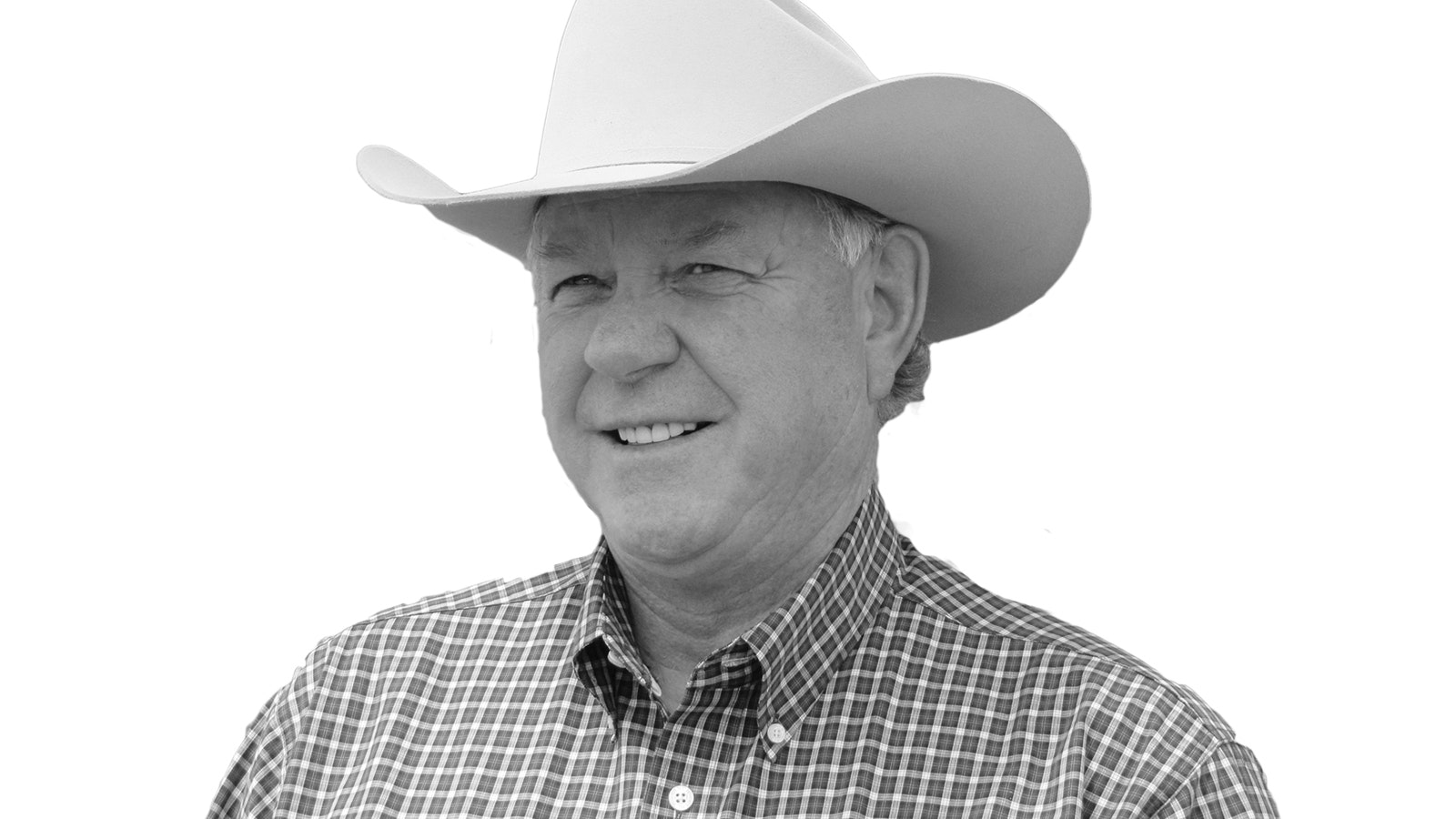A while back, I read of a new study about carbon capture and carbon credits.
I want to read everything I can about carbon, as I’m afraid I don’t know much about it. I do know carbon is very political these days, and most people say we need to get rid of it.
I also know we need some carbon to grow plants and trees, but I don’t know what amount of carbon is bad. I’ve read about energy companies making money in storing carbon, and we are now hearing how livestock producers can graze their animals in such a way to store carbon and receive money in doing so.
The aforementioned study says, “Improved rangeland grazing management leads to substantial sequestration of carbon.”
Well, those words caught my attention.
The study shows rotational grazing leads to recovered grass, greater water infiltration with lower runoff and a deeper organic capacity layer which absorbs more carbon, leading to greater moisture retention and nutrient cycling capacity and making land more resilient to drought.
CarbonSolve, a leading global developer of rangeland carbon credits, announced the results of a long-term study which presents the first evidence of improved grazing practices, implemented at the scale of traditional pastoralist migrations, can remove a significant volume of greenhouse gases to soil carbon.
The study was conducted by a team of scientists from various universities and organizations in the U.S., Kenya and Tanzania and was performed across more than five million acres of rangeland in Northern Kenya.
I traveled through Northern Kenya and Tanzania last fall. I couldn’t believe their dry areas and how bad drought could get there. They are still out grazing their cattle and goats every day, but their livestock looked terrible.
According to the study, the statistically significant magnitude of increase in soil carbon associated with conducting high-density, short-duration grazing practices was slightly higher than was predicted by a relatively simple model which linked soil carbon changes to grazing management.
Calculations from this long-term study suggest improved grazing practices implemented at a large scale have removed millions of metric tons of carbon dioxide from the atmosphere and support the issuance of carbon credits to the Northern Kenya Rangelands Carbon Project.
If they can remove carbon from those critically dry areas by proper grazing, it should work better on our Northern Plains and most of the West.
The best part is, ranchers across the U.S. have been using rotational grazing for over 45 years or so, some more intensely than others. But it has turned livestock, especially cattle, into a tool which offsets their negatives.
While cattle are blamed for around 2% of the country’s greenhouse gases, proper grazing can erase the 2% into a positive pollution fighter.
Ranchers in the U.S. are great stewards of the range with their rotational grazing practices, and it has been proved we can raise our income by doing so – we welcome it. Income is good for ranchers, but good rangelands helping with pollution are welcome by most everyone.
Dennis Sun is the publisher of the Wyoming Livestock Roundup, a weekly agriculture newspaper available online and in print. To subscribe, call 800-967-1647.





